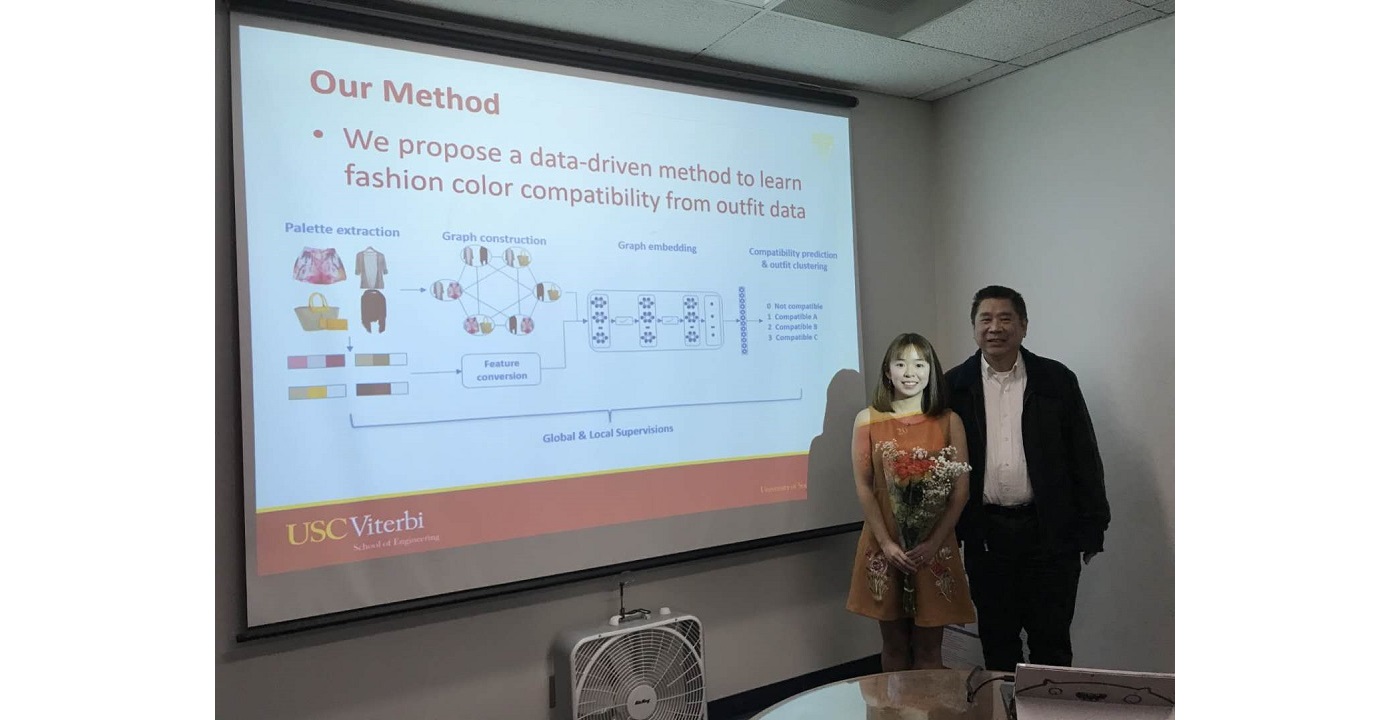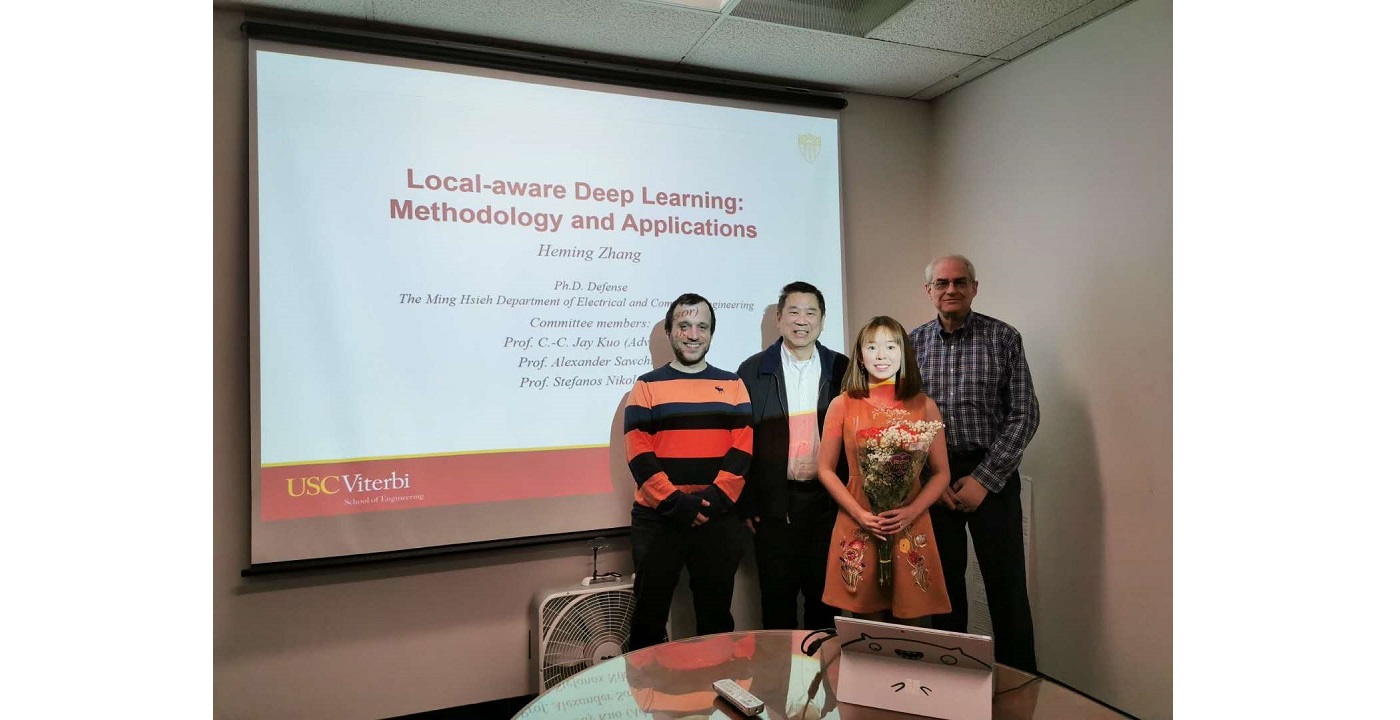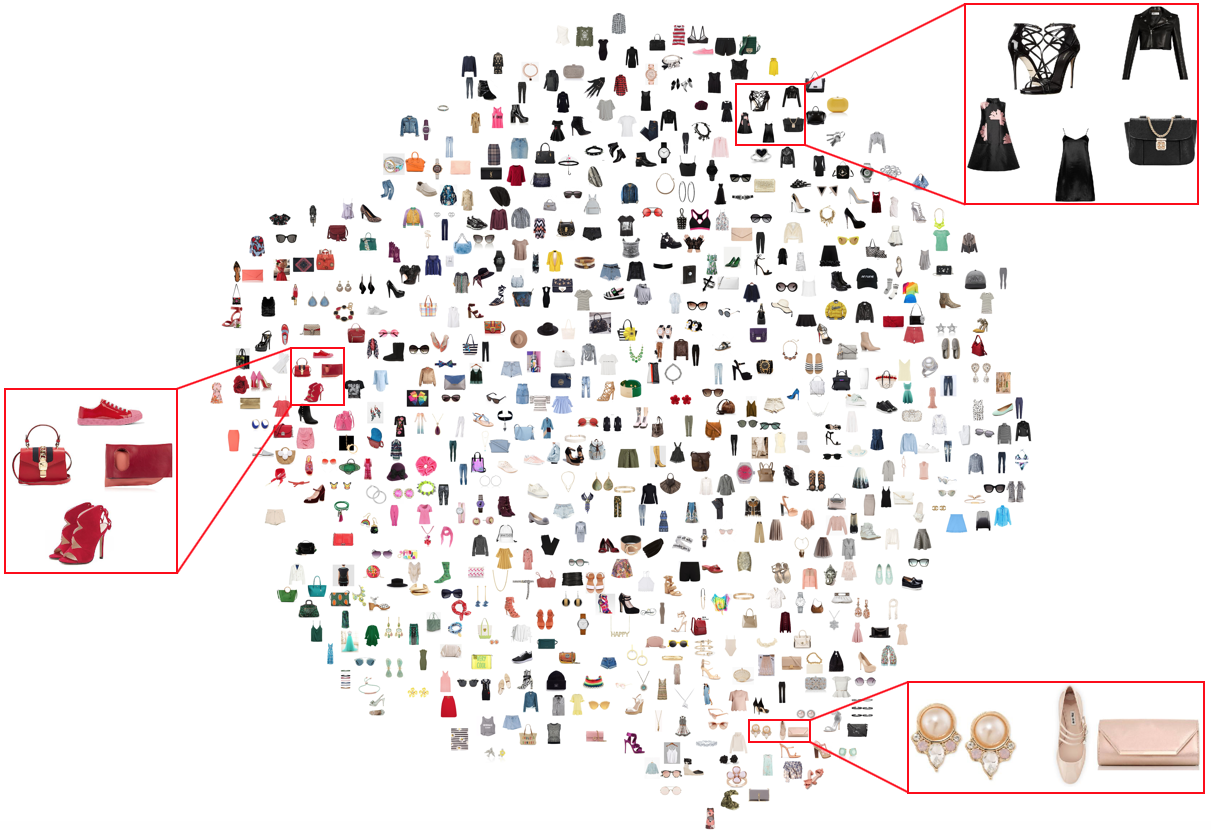Welcome New MCL Member Tian Xie
We are so glad to welcome our new MCL member, Tian Xie! Here is a short interview with Tian:
1. Could you briefly introduce yourself and your research interests?
My name is Tian Xie, and I am a third-year Ph.D. student at MCL lab in the department of Electrical Engineering at USC. Prior to joining MCL, I was a Ph.D. student at the InfoLab of USC. I received my Bachelor’s degree in mathematics from Fudan University of China. I am interested in representation learning and deep learning. Previously I worked on research projects related to graph and adversarial learning.
2. What is your impression about MCL and USC?
USC is a small but beautiful campus. I really enjoy walking around the campus and having some coffee around the school cafe. The MCL lab is a wonderful place with a caring and supportive advisor and a large group of young talented students. I feel more motivated and enthusiastic about my research after joining MCL and I really enjoy talking with Professor Kuo since he is a really wise person.
3. What is your future expectation and plan in MCL?
I want to make friends in MCL, do good research and write papers. Hopefully, my research can contribute to the progress of the related field.





















